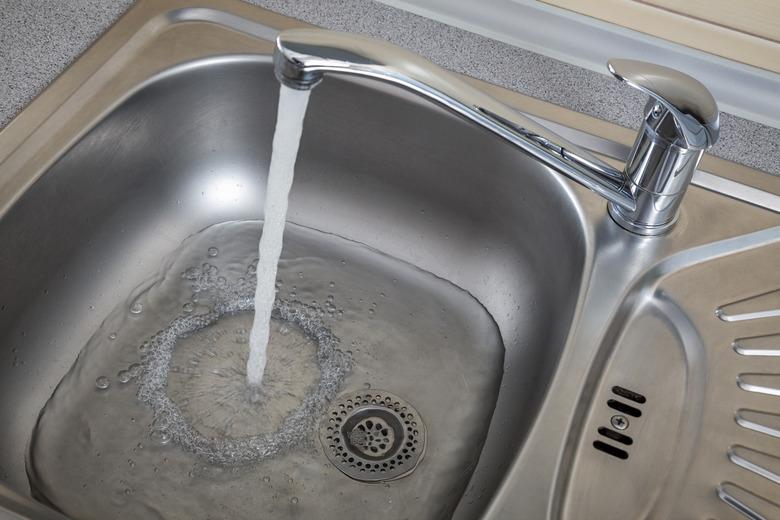How To Loosen A Tight Faucet
A tight faucet turns a daily necessity into a struggle. You need water from your sink dozens of times per day, but you never fully appreciate a well-oiled tap until you've grappled with one that doesn't want to budge. Whether your sink is giving the first signs of trouble or you've been dealing with a stuck tap handle for a while, you'll want to take care of it before it seizes up altogether and prevents you from getting water.
Fortunately, you don't have to shell out money for a brand-new spout and handles. Instead, you can clean or replace the troublesome part, called a cartridge. Depending on the faucet brand, you might need a specific tool called a cartridge puller, but there's no reason to call a pro without investigating the situation on your own first.
Disassembling Your Stuck Tap Handle
Disassembling Your Stuck Tap Handle
First, you need to get a good look at the inside of the faucet to understand what the problem is and how to fix it. Always remember to turn off the water before starting to disassemble a faucet in any way. Look under the sink for the local water shut-off valves, and turn both to the right. Try to turn the faucet to confirm that you succeeded, but have some spare towels on hand to catch any water that might trickle out of the faucet.
With that initial prep finished, you need to look for a small screw on the faucet. On single-handle faucets, it's usually on the bottom facing toward the user. On other models, the screw will be located discreetly on the side of the taps. And in some cases, you'll need to use a small flat head screwdriver to pop off a cap on the top or back of the faucet that hides the screw.
Read more: How to Install a Faucet
Once you find the screw, get the appropriate screwdriver (usually a Phillips head or a small Allen wrench) and turn the screw counterclockwise to remove it, as well as the handle. This will reveal a large nut holding on the faucet valve, which you'll want to remove with an adjustable wrench. Next, take a picture of the plastic cartridge or make a note of which way the peg faces, so that you can put the new one in correctly later.
Removing and Cleaning the Cartridge
Removing and Cleaning the Cartridge
Using pliers to grip the plastic cartridge, pull it straight up. If the cartridge won't move, you may need to look up the brand name of the sink and look for a cartridge puller to help you remove it. Once it's out, inspect the part for corrosion, which is usually the culprit when a tap won't turn on fully.
Read more: Thumping Noise When I Turn the Faucet On
Take a wire brush and scrub the rust off the faucet valve until the surface smooths out a bit. Applying white vinegar with a rag will also help loosen any rust. If it seems like the damage isn't too bad, you can try to reuse this cartridge. Otherwise, you'll want to buy and install a new one. Take the old one with you while shopping for parts to ensure you get the right model.
While you're at it, scrub rust off any of the other faucet parts. Although it's the cartridge that makes a sink or bathroom faucet handle hard to turn, it doesn't hurt to give everything a thorough cleaning while you have this once-every-10-years view of your sink. When you're done, put the cartridge back in place, tighten the nut, replace the faucet handle, tighten its screw and give the tap a test run. It should no longer be stuck.
